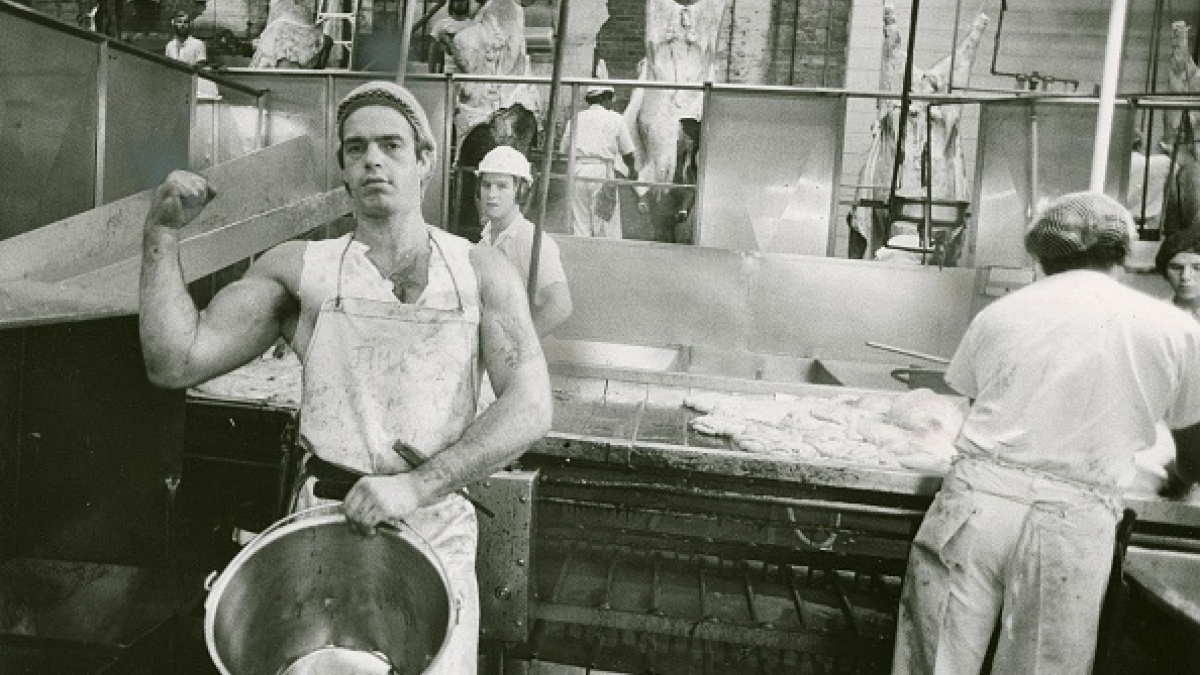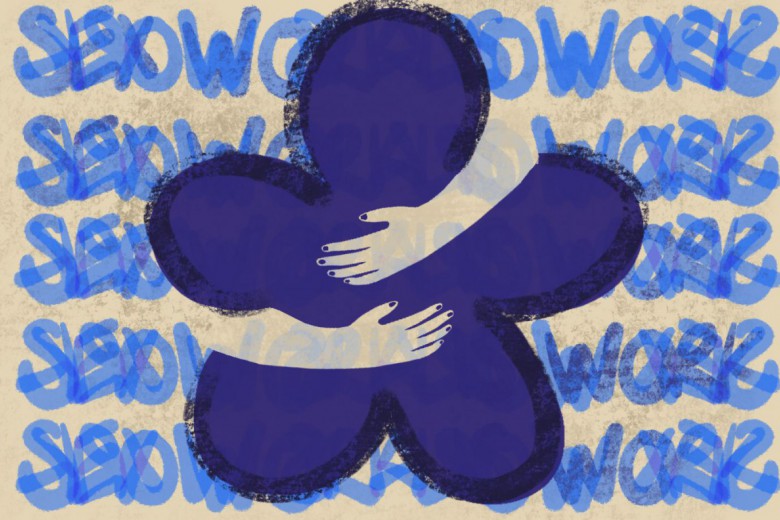Prisons don’t work. But prisoners, for the most part, do. Prison labour is controversial because of its coercive character and the racial disparities in prison populations. Prison abolitionists generally argue that prison labour should be abolished along with prisons themselves. But calls to simply abolish prison labour ignore the battles prisoners have fought to ensure they have access to work and wages – even if meagre.
The reality is, so long as there are prisons, prisoners will work. Ultimately, if we want to achieve prison justice, we have to change the capitalist society in which prisons exist. The power to make that change will have to come from organized working-class people, including prisoners. A prisoners’ union could be an incredibly powerful vehicle for changing prisons and society.
According to Canadian law and correctional policy, prisoners don’t work as punishment, but for their own “rehabilitation.” The vast majority of Canadian prison labour is institutional maintenance work – the cooking, cleaning, clerical, and other work necessary for prisons to function. Prisoners also work in prison industry programs that produce furniture, textiles, agricultural products, prefabricated houses, and laundry services. In Canada, most of the goods and services produced by prison industry programs are for “state use,” meaning they are sold exclusively (or near exclusively) to government departments and agencies.
Working prisoners deserve all the same rights as other workers, including the right to unionize.
The promise of corrections is to reform those in conflict with the law into “productive members of society.” However, the most significant reason Canadian prisoners work is because correctional systems rely on unpaid or poorly paid prison labour to subsidize their operations. Due to their status as “offenders,” prisoners are coerced – sometimes explicitly, sometimes in roundabout ways – to work, and they perform this work without any of the normal legal rights protections of workers. This creates a situation where prisoners work in dangerous conditions, for little pay, all in the name of their own rehabilitation.
These exclusions are unjustifiable on moral – and even legal – grounds. Working prisoners deserve all the same rights as other workers, including the right to unionize. Since prisons rely on prison labour, the potential to refuse work is a powerful tool to back prisoners’ voices with real power. Prisoners have long understood this, and prison strikes have been an important form of protest since the dawn of the penitentiary.
A labour union for prisoners may sound far-fetched, but there are historical precedents. In the early 1970s, prisoner union organizing was relatively widespread in the United States. One study found that by 1973, prisoners in at least 44 institutions in 20 different states had formed or attempted to form a union; some even won support from organized labour. This is significant because, for much of its early history, the labour movement opposed prison labour on the grounds that it drove down the wages of “free workers” and was largely unconcerned with the situation of prisoners. In New York, prisoners at the Green Haven Correctional Facility won the backing of District 65, an affiliate of the Distributive Workers of America. The North Carolina Prisoners’ Labor Union (NCPLU) won the support of the North Carolina American Federation of Labor and Congress of Industrial Organizations, the largest association of worker unions in the state.
A prisoners’ union could form the basis to link activists and organizations involved in labour, anti-racist, and decolonial struggles, contributing to building a broad political coalition around these and other issues.
However, none of these unions would succeed in winning formal certification or negotiating a collective agreement. In 1977 the United States Supreme Court ruled against the NCPLU, declaring prisoners did not have a constitutional right to join or form unions in the U.S. While some prisoners’ unions attempted to organize after this ruling, 1977 marks the end of the main period of prisoner union organizing in the United States.
Prisoners also organized in Canada. A wave of prison strikes in the summer of 1975 led to the formation of the Prisoners’ Union Committee (PUC). The PUC was an “outside-based” organization, largely made up of lawyers and activists who had cut their teeth in the student, anti-war, and women’s movements. While outside-based, the PUC did have strong connections to prisoner activists and organizers. By July 1975, over 300 prisoners in B.C. had signed a petition demanding the provincial and federal prison systems recognize the PUC as their bargaining agent. Striking prisoners in Ontario prisons made similar demands, and PUC organizers reported to media that they were also in contact with prisoners in the Prairies and New Brunswick. By the end of the summer of 1975, prison protest tactics shifted, and a number of large riots marked the end of the strike wave and the PUC’s organizing efforts.
The PUC, however, would not be the last prisoner union effort in Canada. In 1977, prisoners working in the abattoir at Guelph Correctional Centre, a provincial jail in Ontario, successfully established a local of the Canadian Food and Allied Workers Union and negotiated a series of collective agreements with their employer, the private firm contracted by the province to run the abattoir. Later, between 2010 and 2015, a group of prisoners formed the Canadian Prisoners’ Labour Confederation and attempted to unionize federal prisoners.
By July 1975, over 300 prisoners in B.C. had signed a petition demanding the provincial and federal prison systems recognize the PUC as their bargaining agent.
If prisoners are successful in winning formal unionization and collective bargaining rights, as some provincial prisoners in Ontario did in the past, they may be able to use the rights afforded to unionized workers to check the power of prison administrators. Collective bargaining over labour issues would be a clear opportunity to challenge the unilateral control of administrators over prison labour programs. This happened in the case of the Guelph Correctional Centre where unionized prisoners were able to receive temporary leave to attend union meetings in the community. In the United States, prison union organizers fought critical battles around free communication and censorship on the basis of labour rights, albeit mostly unsuccessfully. Finally, a prisoners’ union could form the basis to link activists and organizations involved in labour, anti-racist, and decolonial struggles, contributing to building a broad political coalition around these and other issues.
Given the dysfunction of prison employment programs – and prisons more generally – it is less a question of if prisoners will make another attempt to seek unionization and more a question of when. And the real question is who will support them when they do.
This is an adapted excerpt from Solidarity Beyond Bars: Unionizing Prison Labour, published in 2023 by Fernwood Publishing.







